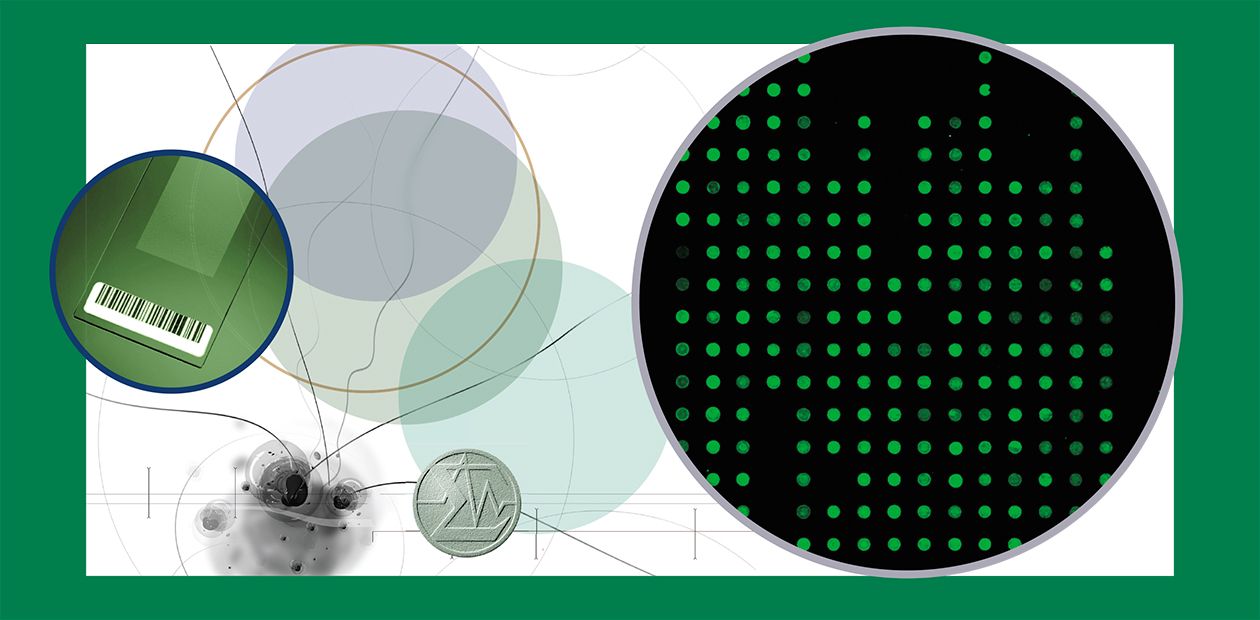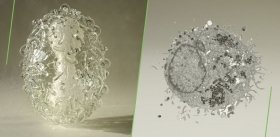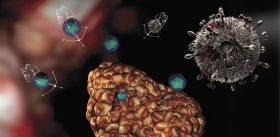Influenza Virus: Get to Know Your Enemy
A microchip for typing influenza virus A has been designed at the Institute of Chemical Biology and Fundamental Medicine, Siberian Branch of the Russian Academy of Sciences (Novosibirsk) with financial support of the United States Department of Health and Human Services
It is impossible to eradicate the influenza virus by mass vaccination of population. One of the reasons is its unique variability. The influenza virus genome comprises eight separate genes, whereas the genetic material of the majority of other viruses is not fragmented. This allows different influenza viruses to exchange individual genes, thereby generating viruses with fundamentally new properties.
Not only humans can get influenza, but also swine, cows, horses, and other animals. However, the largest number of diverse influenza virus variants circulates in wild birds. Only three types of influenza virus causing the human flu are known, whereas birds are subject to over 60 influenza virus types.
An important task in virological research is to study the evolution of type A influenza viruses in the interacting populations of wild birds, domestic animals, and humans as well as the processes bringing about strains with epidemiological potential. For this purpose, a constant monitoring is performed in the key sites worldwide (Russia included) under a specialized WHO program. This work is necessary for forecasting the vaccine compositions, assessing the efficiency of existing antivirals, and for creating the stock gene pool of influenza viruses, required to produce corresponding vaccines.
The microchip designed at the Institute of Chemical Biology and Fundamental Medicine is a glass support with the so-called probes – short oligonucleotide sequences with a length of up to 30 nucleotides – immobilized on it. The probes are fragments of various virus genomes synthesized in automated synthesizers. The structure of each probe is selected so that it specifically binds with only one subtype of the influenza virus. Each probe is immobilized to a certain site of the microchip, which is a circle of up to 300 micrometers.
The microchip can determine the subtypes of influenza viruses isolated from various hosts (birds, cows, swine, and humans). It is planned to expand the functional capacity of the microarray by supplementing it with probes providing for prediction of potential pathogenicity of analyzed strains and their resistance to antivirals.
Now we plan to test the microchip using the influenza virus strains from the Ivanovsky Institute of Virology (Moscow) and the Institute of Influenza (St. Petersburg) as well as the influenza virus isolates collected by the State Research Center of Virology and Biotechnology Vector (Novosibirsk).














